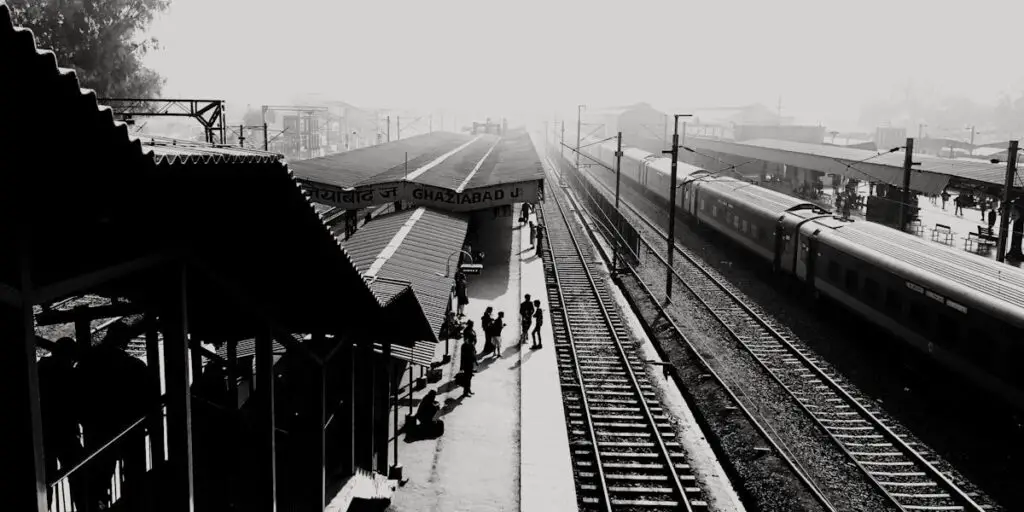Programme Code: MSO
Course Code: MSO-004
Assignment Code: MSO-004/AST/TMA/2024-25
In the 1950s, village studies became a major focus for sociologists and social scientists in India due to a combination of socio-political, economic, and academic reasons. This period was marked by significant transformations in Indian society and governance, and studying villages offered insights into the broader processes of modernization and development. Here are the key reasons why village studies gained prominence during this time:
1. Post-Independence Reforms and Development Agenda:
- Nation-Building: After gaining independence in 1947, India embarked on a massive nation-building exercise. The Indian government was focused on modernizing the country, addressing socio-economic inequalities, and improving living standards.
- Agricultural and Rural Development: The majority of India’s population lived in rural areas, and agriculture was the backbone of the economy. Understanding village dynamics was crucial for designing effective rural development programs and policies aimed at improving agricultural productivity, health, and education.
2. Theoretical and Methodological Interests:
- Empirical Research: The 1950s saw a growing emphasis on empirical research in social sciences. Sociologists and social scientists sought to gather detailed, firsthand data about rural life to understand social structures, practices, and changes.
- Understanding Tradition and Change: Village studies offered a way to examine the interplay between traditional social structures and the forces of modernization. This helped scholars understand how traditional practices were adapting to or resisting modernization efforts.
3. Economic and Social Reforms:
- Land Reforms and Agricultural Policies: The Indian government implemented several land reforms and agricultural policies in the 1950s aimed at redistributing land and improving agricultural efficiency. Sociologists studied villages to evaluate the impact of these reforms and to understand local responses.
- Poverty Alleviation: Addressing poverty in rural areas was a key priority. Village studies provided insights into the economic conditions of rural populations, the effectiveness of poverty alleviation programs, and the socio-economic challenges faced by rural communities.
4. Political and Administrative Interests:
- Decentralization and Governance: The Indian state aimed to decentralize governance and enhance local self-government through initiatives such as the Panchayati Raj system. Understanding village dynamics was essential for effective implementation of these decentralized governance structures.
- Political Mobilization: Villages were crucial to the political landscape, and political parties needed to understand rural sentiments and issues to mobilize support and address voter concerns.
5. Influence of Western Theories and Models:
- Functionalism and Structuralism: Western sociological theories, particularly functionalism and structuralism, influenced Indian social science. Scholars were interested in applying these theories to understand the functioning of Indian villages as social systems and the impact of modernization on traditional structures.
- Comparative Studies: Comparative studies between Indian villages and similar settings in other countries helped scholars understand universal and culturally specific aspects of social change.
6. Academic and Institutional Support:
- Funding and Support: There was significant academic and institutional support for rural research, including funding from government agencies, international organizations, and academic institutions. This support facilitated extensive fieldwork and research in Indian villages.
- Development of Sociological Institutions: Institutions like the Indian Council of Social Science Research (ICSSR) and various universities promoted village studies as part of their research agendas.
7. Documentation of Rural Life:
- Rich Descriptive Data: Village studies provided rich, detailed descriptive data about rural life, social relations, customs, and institutions. This documentation was valuable for creating a comprehensive understanding of Indian society.
- Cultural Insights: Understanding the cultural and social fabric of villages helped scholars appreciate the diversity and complexity of Indian society, contributing to a more nuanced view of the country’s social landscape.
Notable Village Studies and Their Impact:
- The “Bhoodan Movement” and Social Reform: The Bhoodan Movement, led by Vinoba Bhave, aimed at land redistribution. Sociologists studied villages to assess the impact of this movement on rural land ownership and social structures.
- Research by M. N. Srinivas: Sociologist M. N. Srinivas conducted influential studies such as “Caste in Modern India” and “The Remembered Village,” which examined caste dynamics, social change, and the impact of modernization on rural communities.
- The Indian Village Series: The Indian Council of Social Science Research (ICSSR) supported a series of village studies across India, providing comprehensive data on rural life and contributing to policy-making and academic research.
Summary
In the 1950s, village studies became a major focus for sociologists and social scientists in India due to the need to understand the socio-economic and political dynamics of rural life in the context of post-independence development. These studies provided insights into the effects of modernization, the implementation of agricultural and land reforms, and the challenges of poverty alleviation. They also contributed to theoretical and methodological advancements in social science and supported the formulation of policies aimed at improving rural conditions and governance.
Additional Contents:
What are the difference between old social movements and new socialmovements? Discuss with examples. (500 words)



